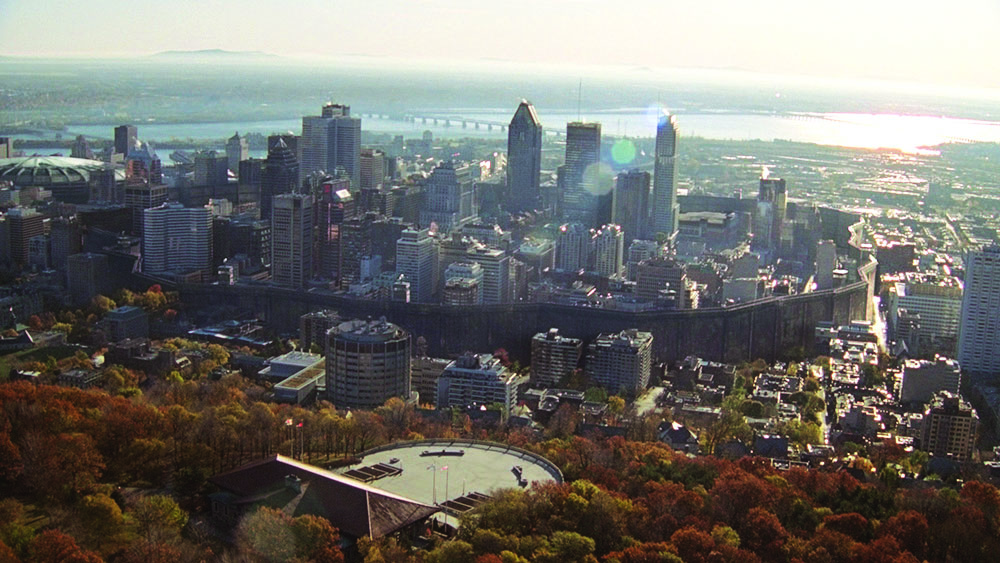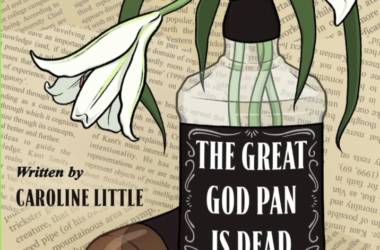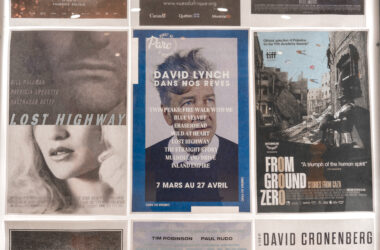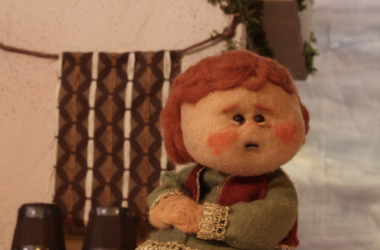In the climactic scene of 2008’s Get Smart, Maxwell Smart (Steve Carrell) hastily scans his surroundings, desperate to escape a holding cell, where the fictional CONTROL intelligence agency is keeping him captive. In a crucial final moment, he notices the film’s iconic red convertible, and uses the automobile to crash out of the CONTROL facility. What most moviegoers do not know is that the interior of the holding cell is actually McGill’s Redpath Museum, and the doors that Carrell’s fiery red car furiously barge through belong to the university’s postcard-perfect Arts Building.
Get Smart is only one of the countless box office hits shot at McGill, which include X-Men: Days of Future Past, North Pole, and Warm Bodies. Two weeks ago, students were thrilled to spot Ben Stiller wandering around campus, working on his next project. Behind collaborations like these are people like Rosetta Vannelli, the associate director of Housing & Conferences, and Stephanie Miller, the administrative coordinator for Student Housing & Conference Services. Vannelli and Miller coordinate the process of arranging films to shoot at McGill. They filter requests, negotiate and arrange payments with campus stakeholders, help scout locations, and build and maintain relationships with film bureaus and location managers.
Vannelli shared a tidbit from her experience as a coordinator during the filming of Get Smart at McGill.
“In the filming of the Get Smart movie, when the car exits through the Arts Building front doors onto the steps, the crew realized at the last minute that the width of the door would not permit the car to pass through due to the side mirrors, so they had to remove them for the scene […] and then you see the car again on the campus grounds and the mirrors are on!” Vanelli said.
Montreal has long been a cinematic hub, a key location for major motion pictures like White House Down, Brooklyn, and Stephen Spielberg’s The Terminal. Montreal’s appeal as a location is its malleability, and at the centre of that appeal is McGill. A historic institution within a busy city, McGill had doubled as everything from the Pentagon to Harvard.
“We have a variety of buildings with a variety of styles allowing us to appeal to a broad range of films or televisions series, etc […]” Vannelli explained. “As location managers say, they can shoot anything at McGill from a period piece, to an 90s series scene to a contemporary scene to a futuristic science fiction scene all in one day in one location!”
Montreal’s fusion of historic European architecture, artistic culture, and modern urban life makes it unique for its inhabitants as well as for film viewers. On film, however, this distinct combination can be easily manipulated to portray virtually any other city in the world.
“Montreal was the only city in North America that gave us the flexibility to double [for] Paris, New York, New Jersey, and Philadelphia,” said Jim Young, producer of The Words, in an interview with the Quebec Film and Television Council (QFTC).
The relationship between McGill and film production is symbiotic.
“Certainly, there is financial gain for the university with such a program in this form of an alternate revenue,” said Miller.
Generally, access fees range between $2,000 and $4,000 a day, but this fee is location-dependent; buildings like Redpath Museum and the Faculty Club are more expensive. Access fees are only part of the economic implications. The university also charges building service staff, parking, and security service fees. This profit benefits the university in a multitude of ways.
“I always try to provide at least 25 per cent [of the fees paid by the filmmakers] directly to the faculty [where the project is being filmed]. As well, a percentage of the overall access fee is returned to the university as part of the Student Housing and Hospitality Services commitment,” Vannelli said in an interview for McGill’s alumni magazine, McGill News.
However, McGill focuses on more than profit, and is well aware of the cultural impact their historic setting holds. McGill makes a concerted effort to help Quebec and Montreal based artists by giving subsidies to projects with low production budgets.
“We feel it is important to support the local filmmakers and encourage this industry,” Miller explained.
McGill is one of many Canadian universities that uses their campus as locations for film. Many universities, especially schools near cities with thriving film industries like the University of Toronto and Simon Frasier University, have media relations departments dedicated to work with film production companies.
McGill has promoted its successes in the film industry to other universities in Montreal.
“We are quite proud of the reputation we have with the location managers and with the City of Montreal Film and TV Commission,” explained Vannelli. “We have been asked in the past to speak to other Montreal universities about the processes.”
Filming on campus poses many benefits to universities; however, big productions may also disrupt student life.
“Film crews have a habit of taking over an assigned space in [a] bold fashion, and tend to forget that they are in a university setting,” explained Vannelli, “We learned very quickly to put safeguards in place that minimize the inconvenience that may be caused.”
“We generally permit shoots mainly in summer when there is a smaller student population on campus,” explained Miller. “Proper communication is key!’
Beyond the McGill campus, Montreal is a desirable destination for filmmakers. From a financial perspective, Montreal is attractive because it offers tax incentives. The QFTC advertises that, “Quebec offers some of the most advantageous cash rebates available in North America,” with, “20 per cent cash-back on all expenses.” Larry Franco, a line producer of White House Down, told QFTC that Montreal was $25 million cheaper than elsewhere.
Montreal also offers superior technological support. The QFTC explains that Montreal has over 40 visual effect companies, making it one of the best cities for post-production work in the world.
Juan Diego Solanas, director of 2012’s Upside Down, told QFTC, “I was so impressed by the professionalism of the technicians here, and the DOP’s [Director of Photography], they are unbelievable.”
Beyond the technical components, the filming process also places Montreal—and more specifically, McGill—at the centre of an illuminating artistic experience. Vannelli explained that it’s particularly interesting to have insight into the artistic development of a film. She and Miller have witnessed all aspects of this creative process; Vannelli was in awe of acclaimed 27-year-old director Xavier Dolan and his work on the film Mommy, which he filmed at the Arts Building.
“As he explained the scene to his crew during a technical visit, it was easy to envision the scene as he likely saw it in his own mind […] a masterful director!” Vannelli remembered.
Filming at McGill gives students an exciting opportunity to recognize their alma mater on the big screen. More than that, it is a chance to watch talented actors and directors work to produce a creative vision, and a source of inspiration for students with the hopes of one day putting their Hollywood dreams into action.









